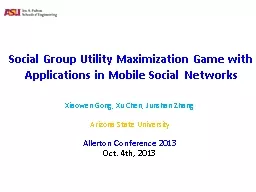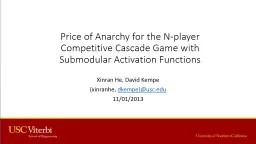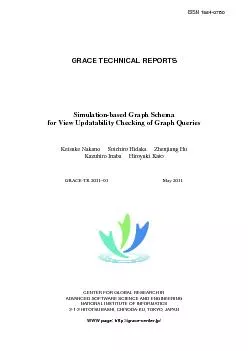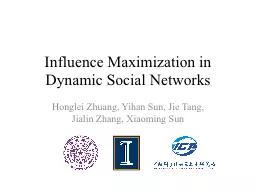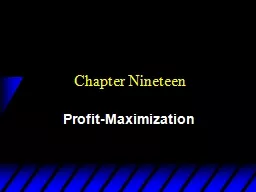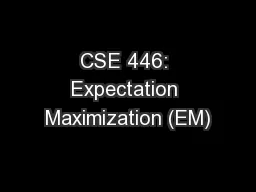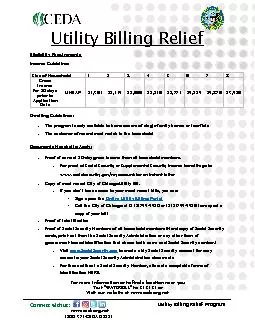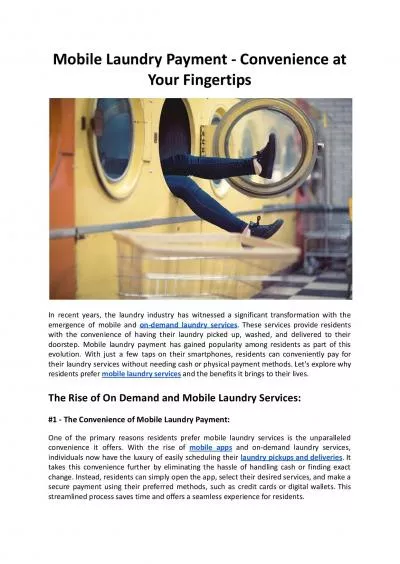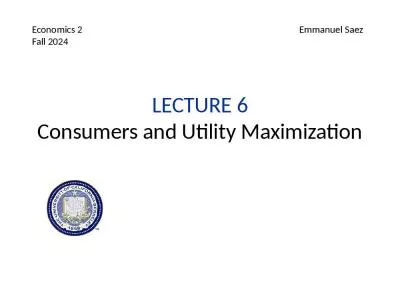PPT-Social Group Utility Maximization Game with Applications in Mobile Social
Author : tatyana-admore | Published Date : 2018-03-20
Networks Xiaowen Gong Xu Chen Junshan Zhang Arizona State University Allerton Conference 2013 Oct 4th 2013 Outline Introduction Social Group Utility Maximization
Presentation Embed Code
Download Presentation
Download Presentation The PPT/PDF document "Social Group Utility Maximization Game w..." is the property of its rightful owner. Permission is granted to download and print the materials on this website for personal, non-commercial use only, and to display it on your personal computer provided you do not modify the materials and that you retain all copyright notices contained in the materials. By downloading content from our website, you accept the terms of this agreement.
Social Group Utility Maximization Game with Applications in Mobile Social: Transcript
Download Rules Of Document
"Social Group Utility Maximization Game with Applications in Mobile Social"The content belongs to its owner. You may download and print it for personal use, without modification, and keep all copyright notices. By downloading, you agree to these terms.
Related Documents

